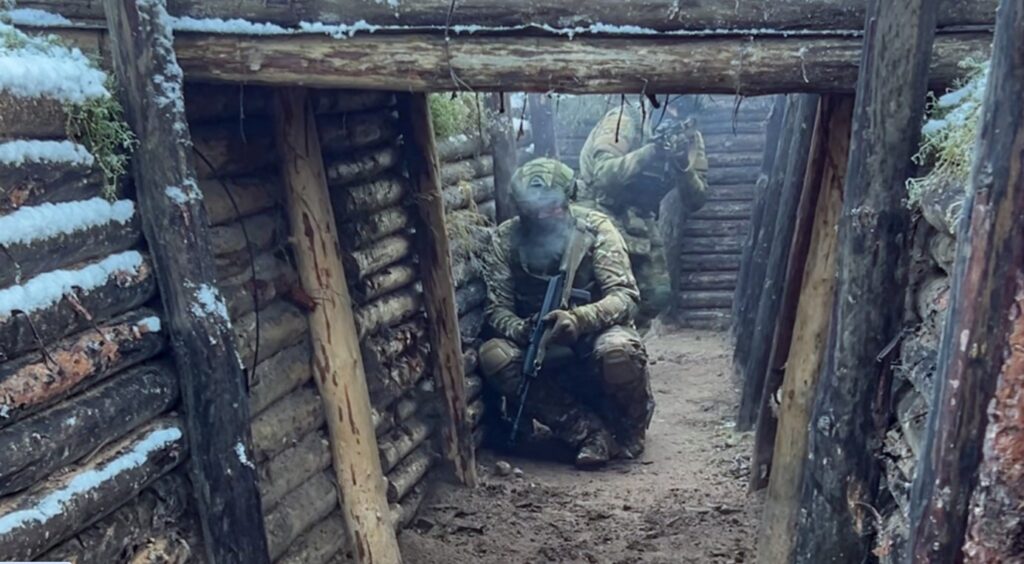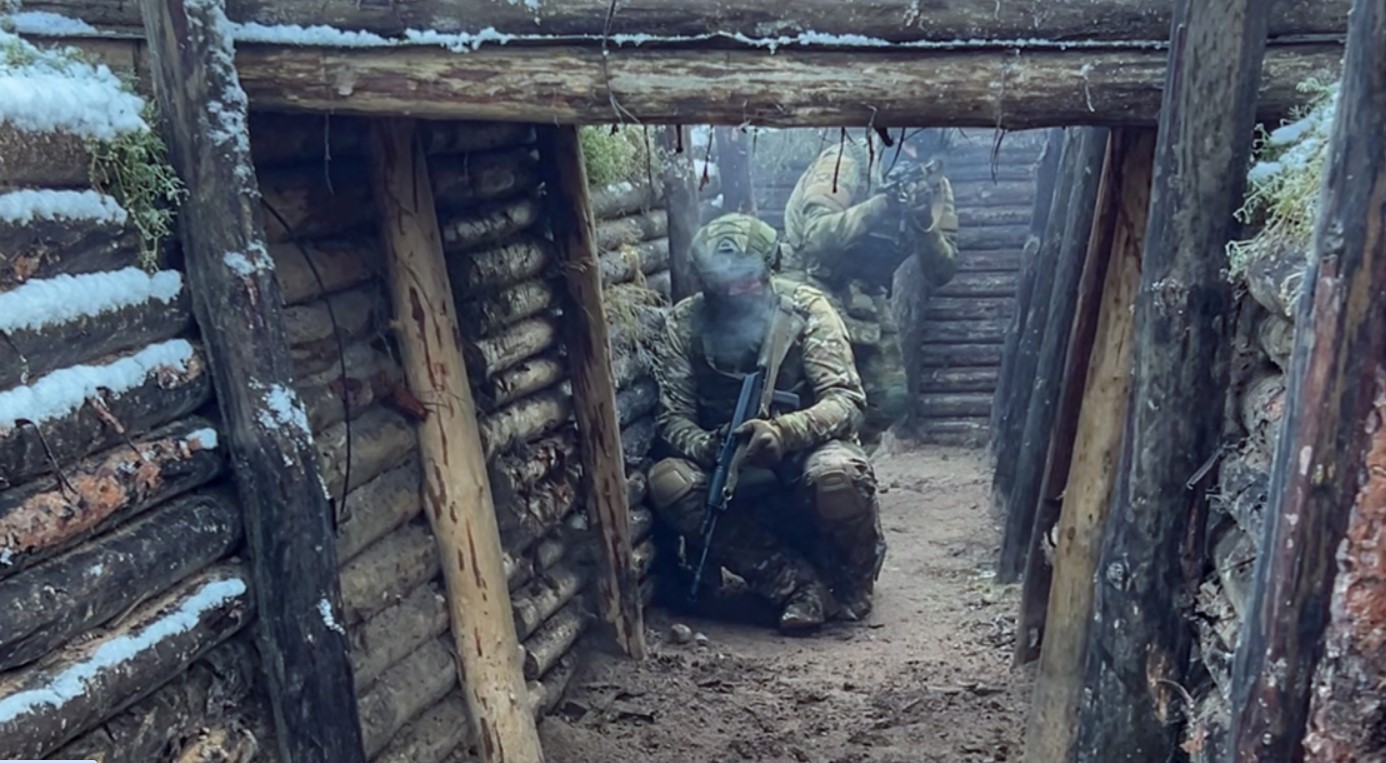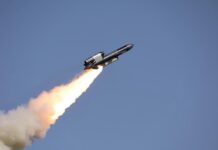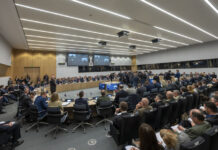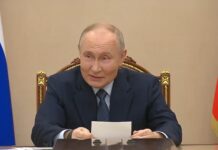On 31 March 2025 Russian President Vladimir Putin ordered the conscription of 160,000 men by 15 July in Russia’s largest conscription call-up since 2011.
The spring draft call-up of 160,000 (Russia also has an autumn call-up) compares with 150,000 conscripts called for in the 2024 spring draft and 134,500 in 2022. In 2024 Putin also raised the upper Russian conscription age from 27 to 30.
While the Russian Ministry of Defence stated on social media that the forthcoming draft campaign “is in no way connected with the special military operation in Ukraine”, and Russian law stipulates that conscripts cannot be sent into combat without adequate training, the Russian populace is likely to look upon those assertions with some degree of scepticism.
In September 2024 Putin ordered the regular size of the Russian army to be increased by 180,000 troops to 1.5 million active servicemen in a move that would make it the second largest army in the world after China’s People’s Liberation Army, which has just over two million active-duty service personnel according to the International Institute of Strategic Studies.
While Russia has in recent years called up large numbers of contract troops, enticing them with high salaries and significant sign-up bonuses, the Kremlin has otherwise sought to insulate the general population from the high numbers of casualties it is suffering in Ukraine.
However, according to the latest estimates by independent Russia media outlet Mediazona (to 28 March 2025), the number of Russian soldiers killed in the Ukraine War has now surpassed 100,000, although Mediazona cautions that the actual number of deaths beyond those it has been able to verify is almost certainly far higher. The number of injured Russian personnel is likely to run to hundreds of thousands.
Ukrainian President Volodymyr Zelensky meanwhile stated on 16 February 2025 that more than 46,000 Ukrainian soldiers had been killed in combat by that point, and 390,000 injured, since the start of Russia’s full-scale invasion of the country in February 2022.
From the beginning of the war until the autumn of 2022 the majority of Russian troops killed in Ukraine were contract soldiers. After that Wagner mercenaries and convicts recruited from Russian prisons bore the brunt of Russian combat deaths up to the late spring of 2023.
Then, from the autumn of 2024, Putin sought to offset Russian battle casualties in Ukraine with the influx of around 12,000 North Korean troops. Like the conscripts, these troops also suffered heavy casualties and, according to South Korean military sources, were reinforced in early 2025 with around 3,000 more soldiers.
Ukraine, meanwhile, has its own manpower problems. Having reintroduced conscription following the Russian annexation of Crimea in 2014, the Ukrainian government had in early 2022 planned to end it again, but the Russian invasion on 24 February 2022 put paid to those plans.
Ukraine has also experienced problems with the lack of effectiveness of poorly trained mobilised troops, but has not wasted its manpower with the ‘human wave’ tactics that have been callously employed by the Russians.
With his massive spring call-up Putin appears to be running out of manpower options that will insulate the Russian populace from the ‘special military operation’ in Ukraine, although, at least in the short term, any vocal political opposition to those measures is unlikely beyond the protests of Russian soldiers’ mothers demanding answers over their sons’ disappearance.
